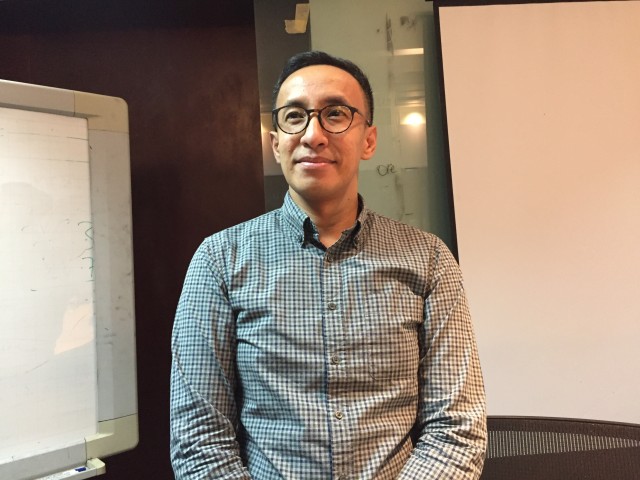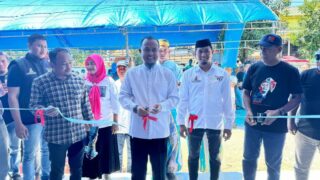Vale Indonesia Weighs Technology Options for Bahodopi Nickel Smelting Project
JAKARTA, RAKYAT NEWS – The Indonesian nickle giant PT Vale Indonesia Tbk (INCO) has clarified its position regarding the use of the Rotary Kiln Electric Furnace (RKEF) technology at the Bahodopi nickel smelting project.
This statement comes amid discussions about the potential adoption of alternative technology, High Pressure Acid Leaching (HPAL).
The Rotary Kiln Electric Furnace (RKEF) is a technology used in the smelting of nickel ore, combining a rotary kiln and an electric furnace to process nickel laterite ores. In this process, nickel ore is heated in a rotary kiln with a reducing agent, typically coal, at high temperatures (around 1,500°C), which helps extract nickel from the ore.
The reduced material is then transferred to an electric arc furnace for further heating to produce ferronickel, a nickel-iron alloy. RKEF is considered efficient for processing low-grade nickel ores, improving recovery rates compared to traditional methods, while also aiming to minimize emissions through integrated environmental management practices.
This technology is widely employed in regions rich in nickel laterite deposits, playing a crucial role in the global supply of nickel for applications such as stainless steel.
High Pressure Acid Leaching (HPAL) is a hydrometallurgical process used to extract nickel and cobalt from laterite ores. In this method, the ore is mixed with sulfuric acid and subjected to high pressure and temperature in a pressurized autoclave.
The conditions facilitate the dissolution of nickel and cobalt into the solution while leaving behind impurities. After leaching, the metal-laden solution undergoes further processing, including precipitation and solvent extraction, to recover the metals.
HPAL is particularly effective for low-grade ores and is favored for its ability to extract metals efficiently while reducing waste. However, it requires significant energy and investment, making it more complex and costly compared to traditional methods.
Both RKEF and HPAL are methods for nickel ore processing. RKEF utilizes coal as a reducing agent in a high-temperature electric arc furnace, while HPAL employs sulfuric acid in a pressurized tank known as an autoclave.
At the Bahodopi project, Vale, in partnership with Tisco and Xinhai, has established a joint venture named PT Bahodopi Nickel Smelting Indonesia (BNSI) to develop a $2.6 billion smelter, equivalent to approximately Rp 40 trillion.
Bernardus Irmanto, Vale’s Chief Sustainability and Corporate Affairs Officer, stated that as a publicly listed company, he cannot explicitly confirm whether Vale will continue with RKEF or switch to HPAL.
“However, we have previously announced plans to build the Bahodopi smelter using RKEF technology,” he noted in Jakarta.
He acknowledged that while RKEF requires significant energy input, maintaining economic viability is crucial. He emphasized that Vale must aim for first-quota production levels to sustain the project.
“If we don’t achieve this, the Bahodopi project will struggle to remain viable,” he said
He further mentioned that nickel prices tend to rebound, particularly when they drop close to the cost thresholds of third and fourth-quota producers, often resulting in losses for many in the market.
To ensure the Bahodopi project remains competitive, Vale aims to align its cost structure with second-quota production levels, amidst shareholder expectations for its viability.
“This doesn’t mean the project is at risk; it’s a commitment we intend to uphold,” he added, reiterating the project’s goal of producing approximately 73,000 tons of nickel per year.
The specifics of any technological changes will be announced in due course, as Vale continues to evaluate its strategies for the Bahodopi project. (Uki Ruknuddin)



























Tinggalkan Balasan